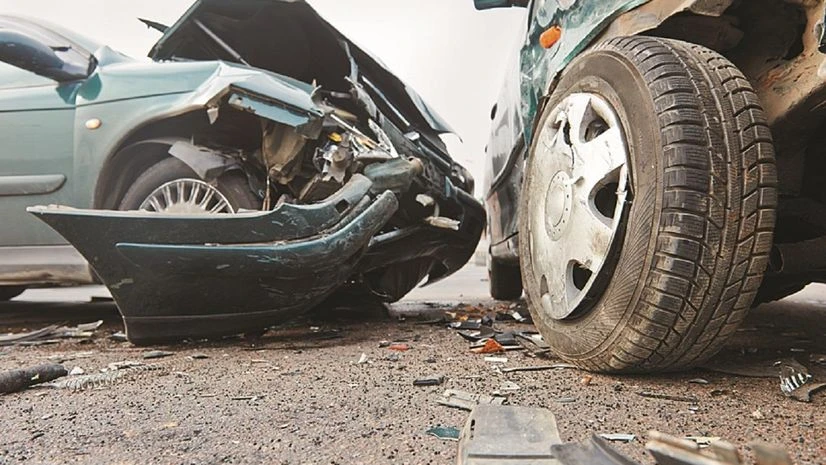)
Image Source: business-standard
The Ministry of Road Transport and Highways recently released a shocking report that highlighted the grim reality of road safety in India. According to the report, the year 2022 witnessed an alarming rate of 53 accidents and 19 deaths per hour in road crashes. This data has once again brought into focus the urgent need for comprehensive measures to ensure the safety of road users across the country.
Root Causes of the Crisis
Several factors contribute to the persistently high rate of road accidents in India. Some of the primary reasons include reckless driving, inadequate road infrastructure, poor implementation of traffic regulations, and the absence of stringent penalties for traffic violations. The lack of awareness among the general public about safe driving practices and road safety norms also significantly contributes to this issue.
Government Initiatives and Interventions
The Indian government has been actively pursuing various initiatives to address the challenges related to road safety. These efforts include the implementation of stricter traffic regulations, the promotion of public awareness campaigns, and the development of better road infrastructure. Additionally, the government has been focusing on improving emergency response systems and medical facilities to provide timely assistance to accident victims.
Challenges and Way Forward
Despite the ongoing efforts, the challenges in ensuring road safety in India remain formidable. The lack of strict enforcement of traffic rules, limited resources for road maintenance, and the rapid increase in the number of vehicles on the roads pose significant hurdles. To tackle these challenges effectively, a comprehensive approach involving active participation from the government, civil society, and citizens is crucial.
Moreover, there is an urgent need for the adoption of advanced technologies and the implementation of sustainable urban planning strategies to create safer and more efficient road networks. Education and awareness campaigns that emphasize the importance of responsible driving and adherence to traffic rules should also be prioritized to instill a culture of safety among the masses.
Conclusion
The high rate of road accidents and fatalities in India demands immediate and concerted action from all stakeholders. While the government continues to implement various measures, it is imperative for citizens to prioritize road safety and adhere to traffic regulations for the well-being of all road users. Only through collaborative efforts and sustained commitment can the country hope to create a safer and more secure environment for its citizens on the roads.
It is essential for policymakers and authorities to work towards the effective implementation of comprehensive road safety measures, with a focus on minimizing the number of accidents and fatalities, and ensuring a secure and efficient transportation system for all.